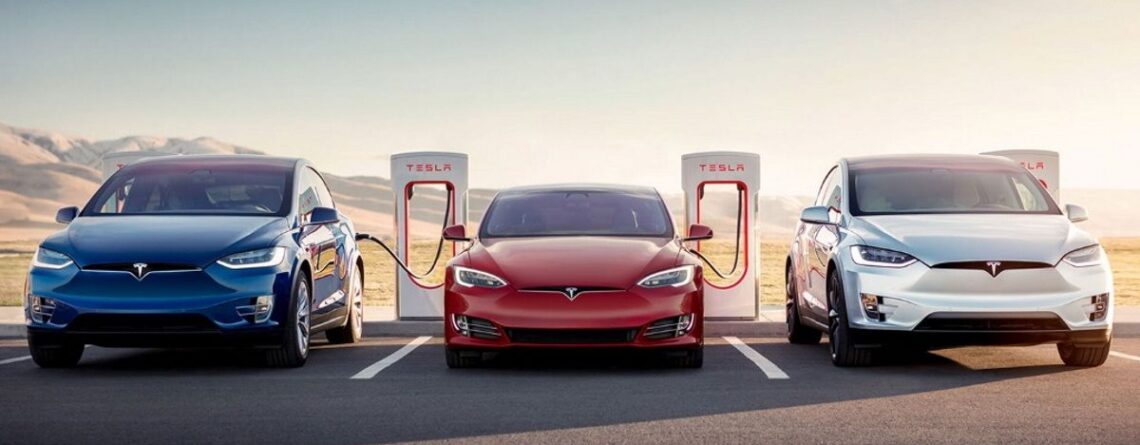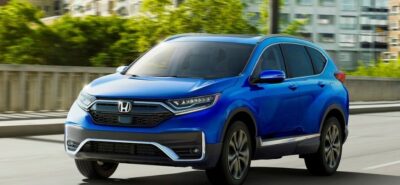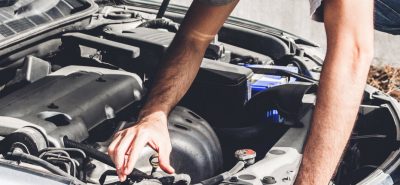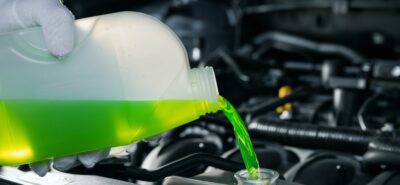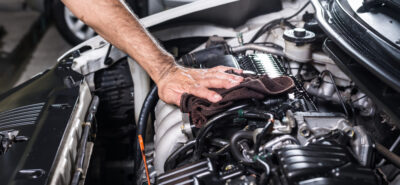NHTSA investigates possible suspension failures in the Tesla Model S and Model X

What initially appeared to be a problem that only affected some copies sold in China has ended up becoming a NHTSA investigation in the United States, as this organization has received several reports of suspension breaks of some Tesla Model S and Tesla Model X specimens on that market?
Several weeks ago we echoed a very interesting report. The American manufacturer had to deal with a call to review that affected 18,000 copies of the Tesla Model S and Model X in China because of a possible defect in the suspension arms of these models. Although the company agreed to carry out this review, it subsequently stated that it had been obliged to do so and that it did not really recognize that such a failure existed, since the problem of such breakages was, in its view, the fault of the Chinese users themselves.
This was exposed thanks to the NHTSA, which contacted the Californian Company to be interested in the problem and find out if it could affect specimens marketed in North America. To which a Tesla executive, Elizabeth H. Mykytiuk, responded by blaming the Chinese for being bad drivers and for the lousy state of that country’s roads, claiming in the way that there was really no problem with the suspension elements of these models.

Despite Tesla’s response to the NHTSA, this organization has decided to open an official investigation in the United States for a similar problem that has affected several users of these models in that market. For now, the number of units affected is very low, only 43 confirmed, but still, this institution has decided to check whether it is a widespread failure related to a manufacturing defect or whether they are only specific problems for some owners.
The problem is related to one of the suspension arms, which in some cases has come to break, although most of the time it has been at low speed and no accident or victim of any kind related to this problem is known.
The problem has affected in the United States a few Tesla Model S manufactured between 2015 and 2017, in addition to some Tesla Model X manufactured between 2016 and 2017. Interestingly, Tesla already opened a service bulletin for these models in 2017 because of a similar problem, although at that time only referred to the copies manufactured between January 19, 2016 and May 25 of that same year.

